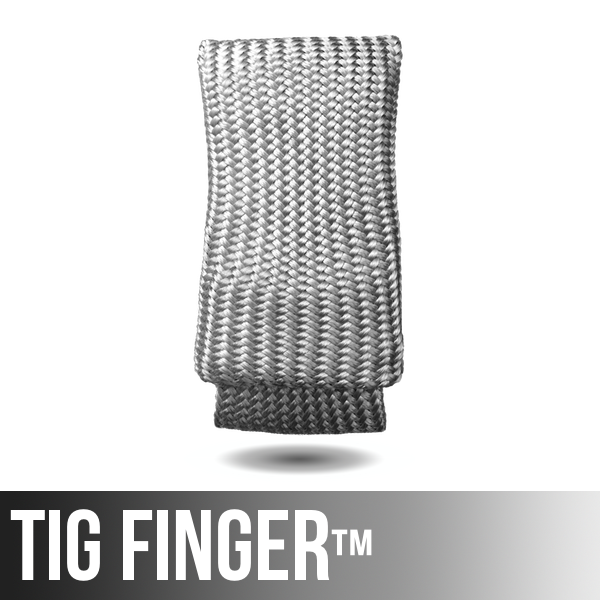
Click here to subscribe to my Video of the Week!
Tig Welding “Outside Corner Joints” in sheet metal is a great way to frame up a water tank, battery box, tig cooler, tool tote tray, or just a cool box to hold soapstone and sharpies.
If you don’t have a sheet metal brake, you can still fabricate things where a bend would save time. It might take longer, but it might actually save time.
Last week I welded several Aluminum Tote Tray projects at a Miller Expo.
I could tack weld them together in about 5 minutes… and weld them out in another 10…
Whereas notching the corners and bending along with trying to fit and weld the corners would have taken way longer.
Of course, if they were 6 feet long, it would be a whole different story.
Tig welding outside corners on thin stainless or carbon steel is commonly done without filler metal. But for this video, I used filler rod. It’s more interesting to watch and more instructive… don’t you think?
The part being welded in this video is a box that will attach to the side of my downdraft table. It will serve as a connection for the Miller Fume extractor snout.
That way, I can hook it up quickly with toggle hook clamps or some other type of clasp.. and unhook it when I need to weld on the welding table.
Oh, and by the way…
Here’s another video… You’re getting a two-for-one deal this week. This is Part 2 of how to build your own “Downdraft Table”.
[viddler id=552f6938 w=650 h=408]
( As always, feel free to visit us at our sister site, WeldingTipsAndTricks.com. )
Click here to subscribe to my Video of the Week!








May 9, 2012 at 4:31 PM
and one other reference:
Fusion welding
From Wikipedia, the free encyclopedia
Fusion welding is a generic term for welding processes that rely upon melting to join materials of similar compositions and melting points.[1]:755 Due to the high-temperature phase transitions inherent to these processes, a heat-affected zone is created in the material[1]:755 (although some techniques, like beam welding, often minimize this effect by introducing comparatively little heat into the workpiece[1]:778).
Contrast with solid-state welding which does not involve melting of materials.
[edit]Types
Types of fusion welding include:[2]
Arc welding
Oxy-fuel welding
Electric resistance welding
Laser beam welding
Electron beam welding
Thermite welding
http://en.wikipedia.org/wiki/Fusion_welding
May 9, 2012 at 4:28 PM
Dear Scott, you mean autogenous weld[one with no filler], as anytime you melt the material
it is a fusion weld…hope this helps….Paul
Gas tungsten arc welding (GTAW), also known as tungsten inert gas (TIG) welding, is an arc welding process that uses a nonconsumable tungsten electrode to produce the weld. The weld area is protected from atmospheric contamination by a shielding gas (usually an inert gas such as argon), and a filler metal is normally used, though some welds, known as autogenous welds, do not require it. A constant-current welding power supply produces energy which is conducted across the arc through a column of highly ionized gas and metal vapors known as a plasma.
from:
http://en.wikipedia.org/wiki/Autogenous_weld
May 9, 2012 at 9:18 PM
whatever you and wikipedia call it, i’ve done and do on a regular basis. 🙂
May 8, 2012 at 10:09 PM
Waiting on the drawings, my students are interested in building some. We are looking to sell them to the community college as a fundraiser.
Keep the good things coming.
Russ Bowling
May 8, 2012 at 5:59 PM
When you get the chance, you should do a fusion welding demo for those out there that think you always have to feed wire. Great work as always!